How to Become an Education Assistant in Alberta: A Step-by-Step Guide
Education Assistants (EAs) play a vital role in creating inclusive, accessible, and supportive classrooms across Alberta. With rising student needs, increased focus on mental-health and behavioural supports, and growing K–12 enrolment, demand for trained Education Assistants is at an all-time high.
If you’re compassionate, patient, and passionate about helping students succeed, becoming an Education Assistant is a meaningful and rewarding career path.
This article will walk you through how to become an Education Assistant in Alberta, including the training, certifications, and employment pathways that will prepare you to step confidently into today’s classrooms.
Step 1: Understand the Role of an Education Assistant in Alberta
Before beginning your training, it helps to understand what Education Assistants actually do.
According to ALIS (Alberta Learning Information Service), EAs support teachers by:
- Assisting students with diverse learning needs
- Supporting behaviour, social–emotional development, and classroom engagement
- Providing one-on-one or small-group learning support
- Helping with adaptive technologies and modified learning plans
- Supporting English language learners
- Assisting with physical, mobility, or medical needs (depending on placement)
In Alberta, EAs work in a variety of learning environments, including:
- K–12 classrooms
- Inclusive education settings
- Early intervention programs
- Specialized behavioural or adaptive support programs
- Out-of-school or community-based educational programs
The province has also emphasized hiring more EAs to support inclusive learning. Recent Alberta government announcements highlighted increased EA hiring across school divisions, making it an excellent time to enter the field.
Step 2: Meet the Basic Requirements
Education Assistants in Alberta typically need:
- A high school diploma or equivalent
- A clean criminal record check with vulnerable sector screening
- Up-to-date immunizations (varies by school district)
- Comfort working with children and youth
While some schools may hire untrained EAs, most employers in Alberta now prefer (or require) a recognized Education Assistant certificate or diploma.
Step 3: Choose an Accredited Training Program
A strong training program prepares you with the knowledge, hands-on experience, and practical skills that classrooms need today.
A reputable program should include:
- Child and adolescent development
- Inclusive education strategies
- Behaviour management
- Supporting learners with disabilities
- Communication strategies in the classroom
- Indigenous perspectives and cultural awareness
- Foundational educational psychology
- Mental health and trauma-informed approaches
- Applied learning labs or simulation-based instruction
- Practicum placements in Alberta schools
Columbia College’s Education Assistant Professional Certificate aligns with these expectations, offering:
- A 12-month accelerated program
- Flexible delivery allowing learners to study from anywhere in Alberta
- Practicum placements across Alberta school districts
- Training rooted in Alberta’s Teacher Quality Standards and current provincial expectations
- Skills to support academics, behaviour, social–emotional learning, neurodivergence, and inclusive education
This combination of theoretical knowledge and hands-on experience is what Alberta employers look for.
Step 4: Complete Required Certifications
Many school authorities in Alberta expect employees to hold basic safety and workplace-readiness certifications.
Common certifications include:
- Standard First Aid & CPR-C
- Nonviolent Crisis Intervention (NCI) or equivalent behaviour-support training
- WHMIS 2015
- Child Intervention Record Check
Some programs (including Columbia College’s) integrate these requirements into the curriculum, ensuring graduates enter the workforce ready to meet employer expectations.
Step 5: Gain Real-World Experience Through a Practicum
Quality practicum experience is essential. It allows you to:
- Apply classroom learning to real educational environments
- Practice supporting diverse learners
- Receive mentorship from Alberta teachers and EAs
- Build confidence and relationships with local school divisions
- Strengthen your résumé with Alberta-based experience
Columbia College’s EA program includes structured practicum hours in Alberta schools so students can demonstrate competence and secure references.
Practicums often lead directly to employment as many schools hire EA students as soon as they complete their placement.
Step 6: Apply for EA Positions in Alberta School Divisions
Once training is complete, you can apply for EA roles across Alberta.
Where to Find EA Job Postings:
- Alberta school division websites
- Indeed, LinkedIn, or Education Canada
- Indigenous school authorities
- Francophone school boards
- Private or charter schools
- Alberta government hiring portals
Recent labour-market updates show significant hiring activity, especially due to:
- Increased classroom complexity
- Growth in inclusive education funding
- More supports required for neurodivergent, ELL, and medically complex students
- Government commitments to hiring more front-line school support staff
This means new graduates are entering one of the strongest EA job markets Alberta has seen in years.
Step 7: Continue Building Your Skills
Most districts offer (or require) continued professional learning in areas such as:
- Autism and neurodiversity support
- Behaviour intervention strategies
- Assistive technology
- English language learning strategies
- Trauma-informed education
- Mental-health literacy
Graduates of programs like Columbia College’s are well-positioned for long-term career growth, and many go on to roles such as:
- Specialized classroom support
- Early intervention aide
- Behaviour support aide
- Learning support assistant
- Community inclusion support worker
- Further education toward Teacher, Social Services, or Human Services careers
Why Now Is a Great Time to Become an Education Assistant in Alberta
Across Alberta, demand for trained Education Assistants continues to rise. Schools need dedicated, skilled individuals who can support diverse learners, help create inclusive classrooms, and contribute to positive learning environments.
With flexible training pathways, strong employment prospects, and the ability to make a real difference in the lives of children and youth, becoming an EA is a meaningful and future-oriented career choice.
Thinking About Becoming an Education Assistant?
Columbia College’s Education Assistant Professional Certificate offers:
- Flexible delivery for busy adults
- Hands-on practicum placements across Alberta
- Supportive instructors with real classroom experience
- A curriculum aligned to today’s learning needs
If you’re ready to take the next step toward this rewarding and in-demand career, explore the program today.




